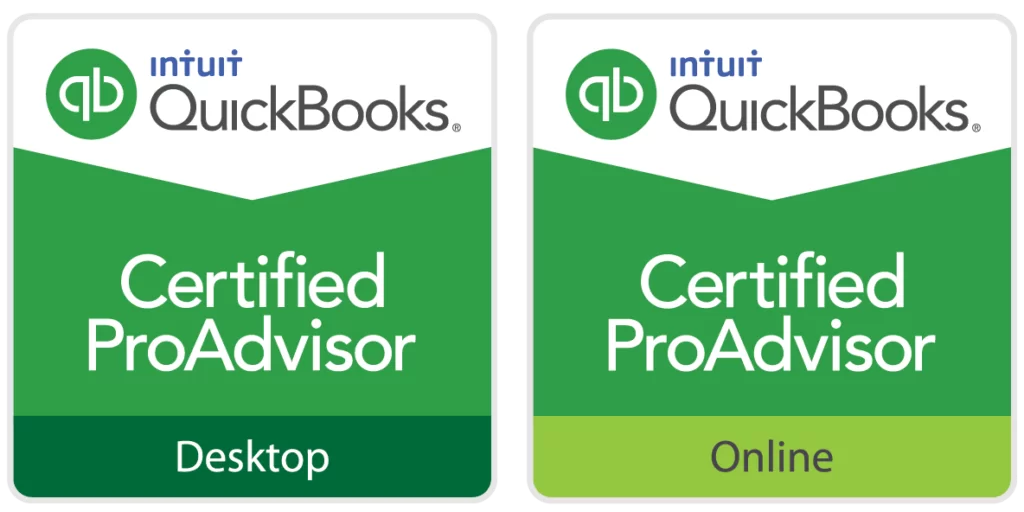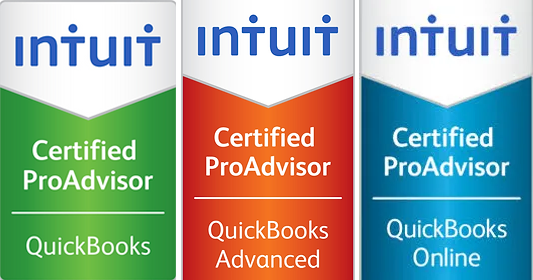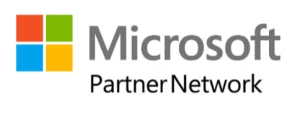Managing payroll taxes can be a daunting task for small business owners, but QuickBooks Desktop simplifies the process significantly. If you’re using QuickBooks Desktop Payroll, it’s essential to know how to handle payroll tax submissions correctly to stay compliant with tax laws and avoid penalties. This guide will walk you through the steps of submitting payroll taxes using QuickBooks Desktop.
What is Payroll Tax Submission?
Payroll tax submission is the process of reporting and paying payroll taxes to the relevant government authorities. These taxes typically include federal, state, and local income taxes, Social Security, and Medicare taxes that you withhold from your employees’ wages. Timely and accurate submission of these taxes is crucial for maintaining compliance.
Preparing for Payroll Tax Submission
Before you start the payroll tax submission process in QuickBooks Desktop, there are a few preparatory steps to ensure everything goes smoothly:
- Update QuickBooks Desktop: Make sure you have the latest version of QuickBooks Desktop installed. Updates often include important tax table updates and other features that ensure accurate tax calculations.
- Verify Payroll Settings: Double-check your payroll settings to ensure they are configured correctly. This includes tax rates, employee information, and payroll schedules.
- Review Payroll Reports: Generate payroll reports to verify that all payroll data is accurate. This includes employee hours, wages, and tax withholdings.
Step-by-Step Guide to Submitting Payroll Taxes in QuickBooks Desktop
Once you’ve completed the preparatory steps, you can proceed with the payroll tax submission process in QuickBooks Desktop.
Step 1: Access Payroll Center
- Open QuickBooks Desktop.
- Go to the Employees menu.
- Select Payroll Center.
The Payroll Center is your hub for managing payroll tasks, including tax submissions.
Step 2: Review and Pay Payroll Liabilities
- In the Payroll Center, navigate to the Pay Liabilities tab.
- You will see a list of payroll tax liabilities that are due.
Here, you can review the taxes you owe and their due dates. It’s crucial to ensure that all liabilities are correct before proceeding with the payment.
Step 3: Select Payroll Tax Liabilities to Pay
- Check the boxes next to the payroll tax liabilities you want to pay.
- Click on View/Pay to proceed.
This will allow you to make payments for the selected liabilities.
Step 4: Schedule and Make Payments
- After selecting the liabilities, click on E-Pay or Print Check based on your payment method.
- For electronic payments, follow the on-screen instructions to submit the payment directly through QuickBooks.
If you choose to pay by check, QuickBooks will generate a check that you can print and mail to the tax authority.
Step 5: File Payroll Tax Forms
- After paying your liabilities, the next step is to file your payroll tax forms.
- In the Payroll Center, go to the File Forms tab.
- Select the tax form you need to file (e.g., 941, 940, state tax forms) and click Create Form.
QuickBooks Desktop will guide you through filling out the form, using the payroll data you’ve entered.
Step 6: Submit Forms Electronically or by Mail
- If your tax form is eligible for electronic filing (e-file), you can submit it directly through QuickBooks.
- If electronic filing is not available, you can print the form and mail it to the appropriate tax agency.
QuickBooks will provide you with instructions on where and how to submit the form, ensuring that your filing is complete.
Tips for Successful Payroll Tax Submission
- Stay Updated: Always keep your QuickBooks Desktop and payroll tax tables updated to ensure accurate calculations.
- Double-Check Entries: Before submitting taxes, double-check all employee information and payroll entries to avoid errors.
- Use E-Pay and E-File: Whenever possible, use QuickBooks’ e-pay and e-file features to streamline the submission process and reduce the risk of late payments or filings.
- Set Reminders: Use reminders in QuickBooks Desktop to stay on top of tax payment and filing deadlines.
Troubleshooting Common Issues
Sometimes, issues may arise during the payroll tax submission process. Here are some common problems and how to address them:
- Payment Rejection: If your e-payment is rejected, check your bank information for errors and ensure there are sufficient funds.
- Form Rejection: If a tax form is rejected, review the form for missing or incorrect information. QuickBooks usually provides details on what needs to be corrected.
- Software Glitches: If you experience a software issue, try restarting QuickBooks or updating to the latest version. If the problem persists, contact QuickBooks support for assistance.
Conclusion
Submitting payroll taxes through QuickBooks Desktop doesn’t have to be a complicated process. By following the steps outlined in this guide, you can ensure that your payroll tax liabilities are paid on time and that your tax forms are filed correctly. This helps you stay compliant with tax laws and avoid potential penalties, allowing you to focus on running your business with peace of mind.








